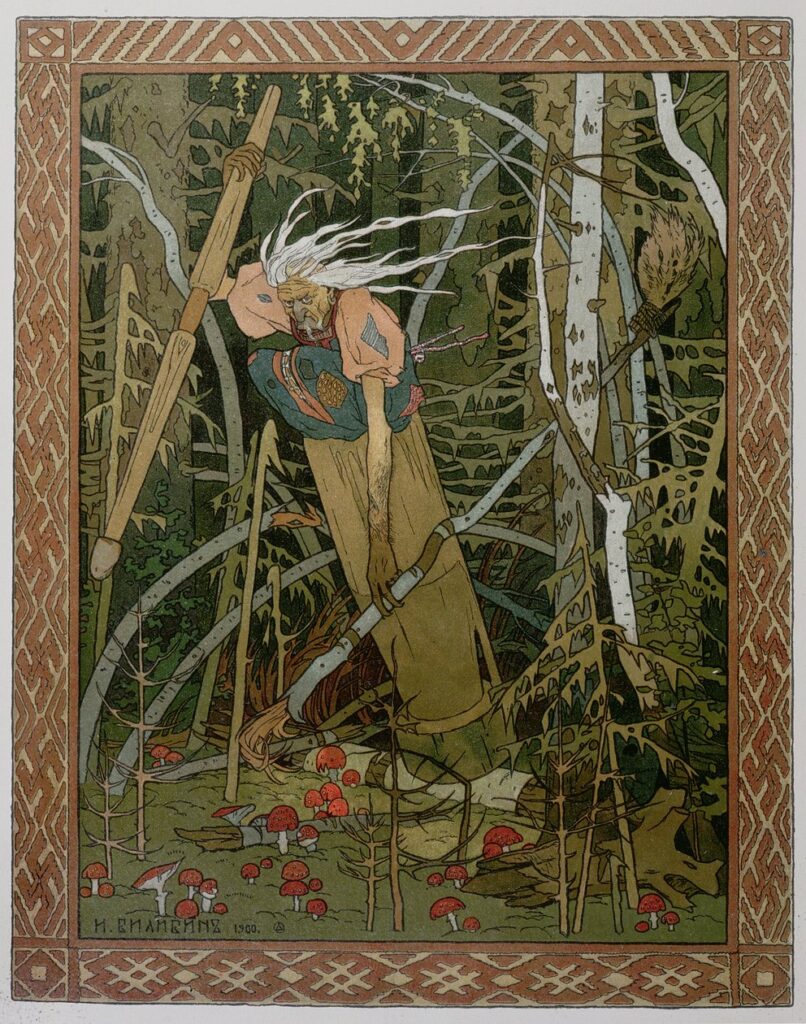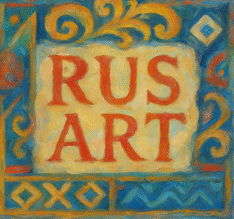The Russian Golden Age of Art (1850-1900): A Flourishing of Styles and National Identity
The period from 1850 to 1900 is a pivotal era in the history of Russian art, while it is known as the Golden Age. At that time, art reached a creative peak, the stylistically rich, historically blended and nationally intense artistic flowering intertwined with the birth of new and deeply transformative artistic schools dominating Russian and world art. In contrast to the preceding Imperial period, which closely resembled Western European developments, the Golden Age produced a specifically Russian artistic identity through a combination of national inspirations and European developments.
Realism and Social Commentary
The other characteristic which is particular to the Golden Age was the formation of the Peredvizhniki (The Wanderers), a collective of realist artists but also not hewed to the rigid academic criteria of the Imperial Academy of Arts. The Peredvizhniki, established in 1870, promoted art for the common people by organizing mobile exhibitions outside St. Petersburg and Moscow city limits, who exhibited their works across the countryside villages and cities, in all parts of the vast Russian Empire. Their art focused on depicting everyday life, portraying the realities of peasant life, the struggles of the working class, and the vastness of the Russian landscape. This focus on being realistic and on social observation distinguished them from a more idyllic and romanticized portrayal that occurred in the past.
Key figures within the Peredvizhniki movement included Ivan Kramskoi, Ilya Repin, Vasily Perov, and Ivan Shishkin. Kramskoi, a masterly painter, achieved the psychological subtleties and the uniqueness of his sitters, and moved beyond physical likeness to expose the mental states and the individual identities of his sitters. Repin, who is famous for nudes and dramatic historical painting and emotionally charged representations of both the romantic and the mundane, emerged as one of the most popular artists of the time. His works, e.g., “Reply of the Zaporozhian Cossacks” are known for the presence of dynamic composition, bright colours and energetic narration. Perov, a master of genre painting, focused on portraying the lives of the poor and marginalized, often with a touch of social critique. Shishkin, one of the most important painters in the history of Russian landscape, documented the magnificent and untamed wildness of the Russian forests and landscapes, resulting in paintings as beautiful as they are evocative of the history of the land.
Rhythmic architectural essence of the Peredvizhniki’s commitment to social realism resonated strongly with a population experiencing profound social and political transformations. Their art has served as a powerful means of leveraging social justice by drawing attention to the fate of the peasantry, and challenging the social and political values as well as the structure of the dominant society. Their traveling exhibitions became important cultural events, fostering a sense of national unity and promoting a shared understanding of the nation’s social realities.

Beyond Realism: The Emergence of Other Styles
Although realism reigned supreme, other styles also made a mark on the Golden Age. Symbolism, oriented towards the representation of mental processes and the probing of the unconscious, became emblematic of the late nineteenth century. A painter of dreamlike effect, symbolic parallelograms/forms, strong colours, and symbols, Mikhail Vrubel created paintings that are all of these aspects. His works of art used to investigate mythology, folklore and religious symbolism, thus giving birth to a singular, highly personal artistic language.
The impact of Impressionism and Post-Impressionism, albeit to a lesser extent than realism, can also be seen to have left its trace. Artists began to explore new avenues of sensory experiences, of the qualia of light and colour, as well as paying greater attention to subjective artist experience. This experimentation broadened not only the domain, but also the range of styles that characterized the Golden Age of comics.
The Rise of National Identity in Art
The Golden Age witnessed a significant shift towards a stronger emphasis on national identity in Russian art. Artists drew lots of stimulation from the Russian folk tale, from Russian history and Russian mythology, in order to build up a visual language which reflected the unique cultural heritage of the country. This tendency to national themes was the more closely linked into the pressure experienced in the Russian society at that time of an intensifying wave of national consciousness.
The depiction of the Russian landscape played a crucial role in this process. Artists, such as Shishkin and Alexei Savrasov, painted the vast and sublime space of the Russian landscape, thus, they produced imagery that inspired the sense of nationalistic pride and the feeling of connection to the land itself. Their paintings became iconic representations of the Russian soul, embodying the spirit of the nation and its natural heritage.
Portraiture: A Reflection of Society
Portraiture remained a major genre in the Golden Age. Nevertheless, the attitude toward the pictorial representationchanged representing the transformation of the social and the artistic consciousness of the period. [A few] but not all artists, above all the Peredvizhniki, painted their models not just as the polished and idealized embodiments of the ruling elite, but they also made a point of painting ordinary members of the society, portraying them with their own personae and social world. These images provide us with strong arguments to the socioeconomic development of 19th Century Russia, to its population and to the complexity of its sociostructured society.

The Patronage System and Artistic Development
Nonwithstanding change, the patronage system continued to be one of the major factors in shaping the artistic scene of the Golden Age. Wealthy patrons, including members of the aristocracy and the burgeoning merchant class, commissioned works from artists, providing them with financial support and influencing the themes and styles of their creations. The Academy of Arts did not operate in opposition to that of the Peredvizhniki, yet gave artists education and the chance of exhibition, all within a (already) increasingly contested systemwhich represented the work and aims of the Academy’s contemporary, the rise of new artistic movements and the growing importance of unaccredited exhibitions .
The Legacy of the Golden Age
The Russian art Golden Age (1850–1900) is a lasting imprint in the history of Russian and world art. The advent of Peredvizhniki and their adoption of social realism changed the artistic panorama, making art available to a general public and supporting the idea of a national unity. The advent of new styles (e.g., Symbolism) added to the repertoire of aesthetic resources and played a role in the richness and heterogeneity of the period. The exaltation of national identity, as expressed by depictions, folklore, and historical images, provided a fixed Russian artistic position. The artists of this period not only created masterpieces of art but also played a significant role in shaping the cultural and social landscape of Russia, leaving a legacy that continues to inspire and resonate today. Their productions are continually strong testimony to the artistic idiom of the era, and they reflect the realities of Russian social, political and artistic life of the nineteenth century, and meanwhile remain a source of creativity and inspiration for artists and audiences today. The consequences of this period extend far beyond the borders of Russia and the spread of artistic phenomena of this world are now being changed because the Russian contribution to the international stage of artistic creativity has been massively growing.
